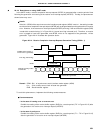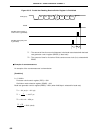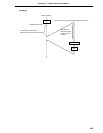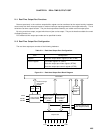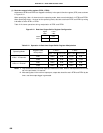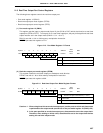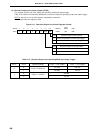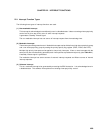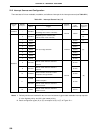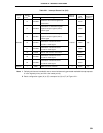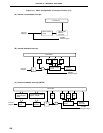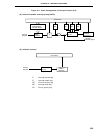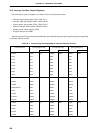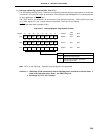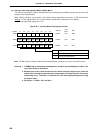499
CHAPTER 22 INTERRUPT FUNCTIONS
22.1 Interrupt Function Types
The following three types of interrupt functions are used.
(1) Non-maskable interrupt
This interrupt is acknowledged unconditionally even in a disabled state. It does not undergo interrupt priority
control and is given top priority over all other interrupt requests.
It generates a standby release signal.
The non-maskable interrupt has one source of interrupt request from the watchdog timer.
(2) Maskable interrupts
These interrupts undergo mask control. Maskable interrupts can be divided into a high interrupt priority group
and a low interrupt priority group by setting the priority specify flag register (PR0L, PR0H, and PR1L).
Multiple high priority interrupts can be applied to low priority interrupts. If two or more interrupts with the
same priority are simultaneously generated, each interrupts has a predetermined priority (see Table 22-1).
A standby release signal is generated.
The maskable interrupt has seven sources of external interrupt requests and fifteen sources of internal
interrupt requests.
(3) Software interrupt
This is a vectored interrupt to be generated by executing the BRK instruction. It is acknowledged even in
a disabled state. The software interrupt does not undergo interrupt priority control.



